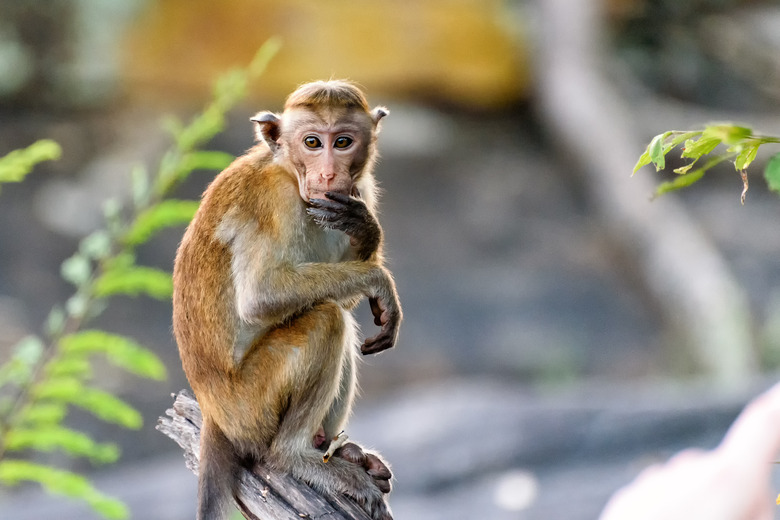Five Types Of Isolation In Biology
The field of biology describes "isolation" as a process by which two species that could otherwise produce hybrid offspring are prevented from doing so. There are five isolation processes that prevent two species from interbreeding: ecological, temporal, behavioral, mechanical/chemical and geographical.
TL;DR (Too Long; Didn't Read)
There are five types of isolation that biologically prevent species that might otherwise interbreed to produce hybrid offspring. These are ecological, temporal, behavioral, mechanical/chemical and geographical.
Ecological Isolation
Ecological Isolation
Ecological, or habitat, isolation occurs when two species that could interbreed do not because the species live in different areas. For example, in India both the lion and tiger exist and are capable of interbreeding; however, the lion lives in the grasslands and the tiger lives in the forest. The two species live in different habitats and will not encounter one another: each is isolated from the other species.
Temporal Isolation
Temporal Isolation
Temporal isolation is when species that could interbreed do not because the different species breed at different times. This temporal difference could occur at difference times of day, different times of the year, or anything in between. For example, the field crickets Gryllus pennsylvanicus and G. veleti become sexually mature at different seasons, one in the spring and the other in the autumn.
Behavioral Isolation
Behavioral Isolation
Behavioral isolation refers to the fact that many species perform different mating rituals. This is a common barrier between animals. For example, certain species of crickets will only mate with males that produce a particular mating song. Other species rituals may include a mating dance or emitting a scent. These clues are ignored by species not accustomed to the ritual.
Mechanical or Chemical Isolation
Mechanical or Chemical Isolation
Mechanical isolation is caused by structures or chemical barriers that keep species isolated from one another. For example, in flowering plants, the shape of the flower will tend to match up with a natural pollinator. Plants that do not have the correct shape for the pollinator will not receive a pollen transfer. Likewise, certain chemical barriers prevent gametes from forming. These chemical barriers will only allow sperm from the correct species to fertilize the egg.
Geographical Isolation
Geographical Isolation
Geographical isolation refers to the physical barriers that exist that keep two species from mating. For example, a species of monkey that is located on an island cannot breed with another species of monkey on the mainland. The water and distance between the two species keep them isolated from one another and make it impossible for them to breed.
Cite This Article
MLA
Carpenter, Michael E. "Five Types Of Isolation In Biology" sciencing.com, https://www.sciencing.com/five-types-isolation-biology-8501726/. 9 May 2018.
APA
Carpenter, Michael E. (2018, May 9). Five Types Of Isolation In Biology. sciencing.com. Retrieved from https://www.sciencing.com/five-types-isolation-biology-8501726/
Chicago
Carpenter, Michael E. Five Types Of Isolation In Biology last modified August 30, 2022. https://www.sciencing.com/five-types-isolation-biology-8501726/
